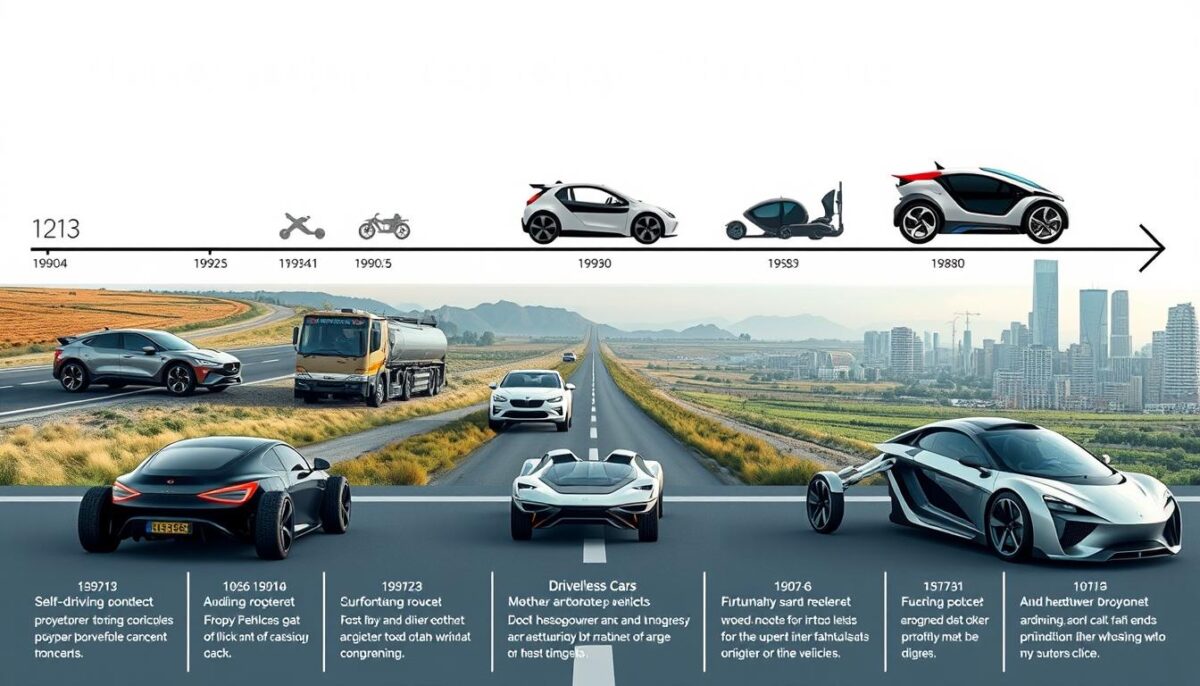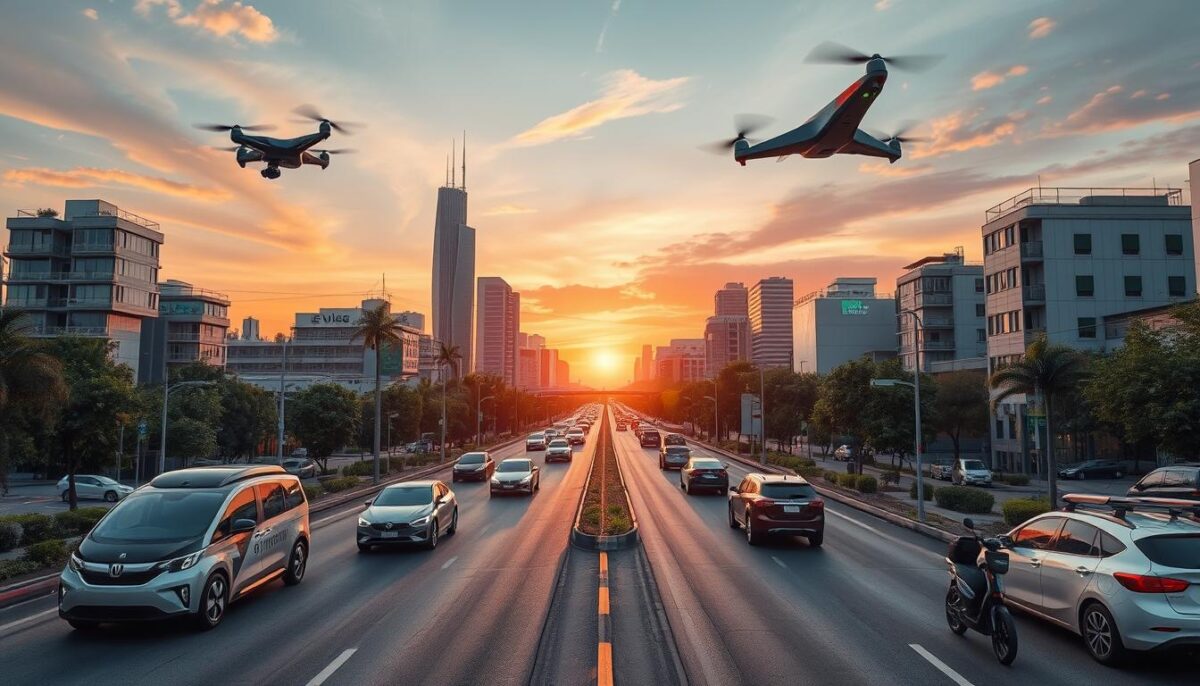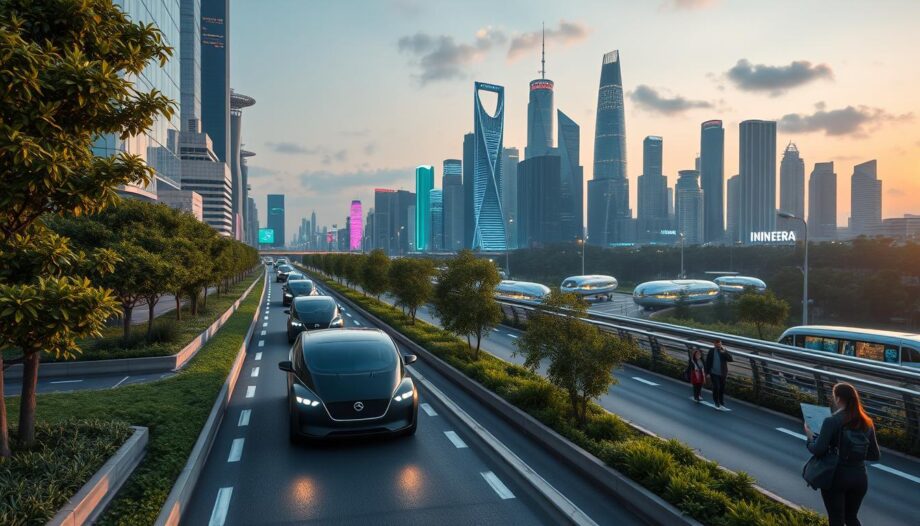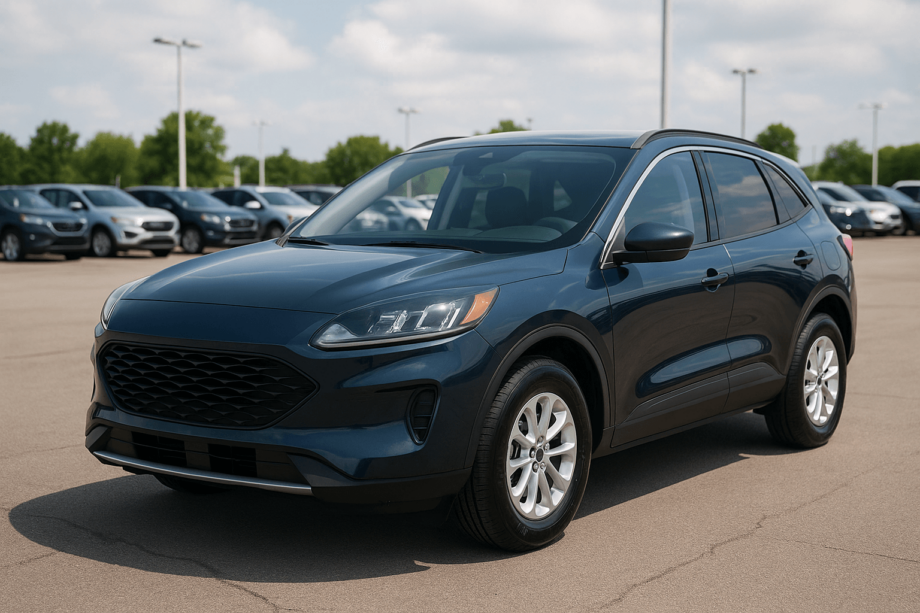As we stand on the cusp of a new era in transportation, automated vehicles are poised to reshape our daily lives and redefine the concept of personal mobility. These innovations, often referred to as autonomous cars, represent a significant leap in transportation technology, promising benefits such as enhanced safety and convenience. According to the National Highway Traffic Safety Administration (NHTSA), autonomous vehicles can potentially reduce accidents caused by human error. The Society of Automotive Engineers (SAE) outlines various levels of driving automation, illustrating the gradual evolution of autonomous technology from basic driver assistance to fully autonomous systems.
The future of driving is not just about the vehicles themselves, but also how they will influence our environments, economies, and societal norms. As leading industry players like Tesla and Waymo continue to innovate, the implications of widespread automated vehicle adoption become increasingly significant. This article delves into the transformative potential of these technologies and their broader impacts on our world.
The Evolution of Automated Vehicles
The journey of autonomous vehicles reveals a rich tapestry woven through the history of autonomous vehicles, showcasing remarkable technological advancements that have influenced the evolution of transportation. From the early days of automotive innovation to the sophisticated machines we see today, key milestones mark the progress made towards fully automated driving.
History of Autonomous Technology
The timeline of autonomous technology initiated with initial innovations that laid the groundwork for future developments. Early milestones like the introduction of cruise control in the 1950s served as a stepping stone. The concept of vehicles operating without direct human input began gaining traction in the late 20th century, as researchers explored the potential for automation. Significant advancements include radar and sensor technology, which played a crucial role in enabling basic autonomous functionalities.
Key Milestones in Development
A multitude of key milestones paved the path toward today’s autonomous vehicles. The introduction of prototype models such as the DARPA Grand Challenge in 2004 signified a notable step forward. This event showcased various teams competing to develop self-driving cars capable of navigating complex terrains. Governments began formulating policies that nurtured research and funding, leading to increased investments from both public and private sectors. Companies like Google and Tesla have driven many technological advancements, propelling the industry towards practical applications in everyday life.

Driving Required What Automated Vehicles Mean For Our Future
The rise of automated vehicles signals a transformative shift in personal mobility changes and urban transportation. These innovations promise to redefine how people navigate their environments, optimize commuting patterns, and enhance accessibility for all individuals, including those with disabilities. As autonomous technology becomes integrated into daily life, both individuals and urban planners must adapt to new paradigms in transportation.
Impact on Personal Mobility
Automated transport systems can significantly change commuting experiences. Reduced travel times and enhanced comfort are expected outcomes, as people spend less time focusing on driving and more on productive tasks. Furthermore, for individuals with mobility challenges, the introduction of autonomous vehicles will create new opportunities for independence and ease of travel, ensuring that accessibility remains a priority in urban transportation.
Potential Changes in Infrastructure
To fully realize the benefits of automated vehicles, infrastructure development must evolve. Cities may need to invest in dedicated lanes for automated transport systems, ensuring the safety and efficiency of all road users. Additionally, vehicle-to-infrastructure communication systems will play a crucial role in optimizing traffic flow and reducing congestion. Smart city technologies will be paramount in guiding this infrastructure transformation, supporting a seamless transition to automated mobility.

The Future of Transportation
As we gaze into the horizon of automated vehicles and smart transportation systems, it’s clear that our daily commutes could transform dramatically. The integration of autonomous vehicles promises to significantly reduce traffic congestion, thanks to optimized routing algorithms and real-time data sharing. World Economic Forum insights suggest that with increased adoption of these technologies, cities may experience smoother traffic flow, ultimately improving the quality of life for residents.
Moreover, the automated vehicle future points towards a decrease in accident rates. Enhanced safety features embedded in autonomous systems have the potential to minimize human error, which accounts for a considerable percentage of traffic incidents. Reports from the Institute of Transportation Engineers highlight that as these systems evolve, public confidence in the safety of self-driving technology will likely grow, leading to widespread acceptance and adoption.
Additionally, the environmental impact of this shift cannot be overlooked. With many automakers innovating electric autonomous vehicles, the push for cleaner transportation will align with the United Nations’ strategies for sustainable transportation. These advancements promise a future where carbon emissions are drastically reduced, paving the way for greener urban environments. However, it is essential to navigate regulatory challenges and invest in educational initiatives to ensure society is prepared for the transition to these advanced modes of transport.




